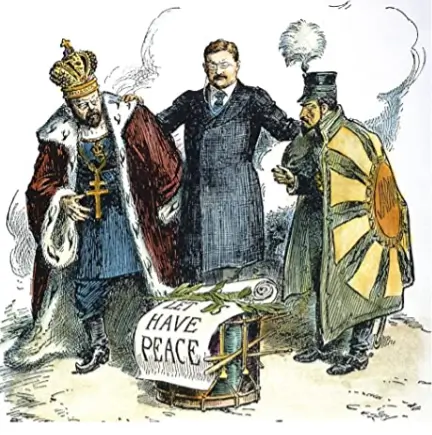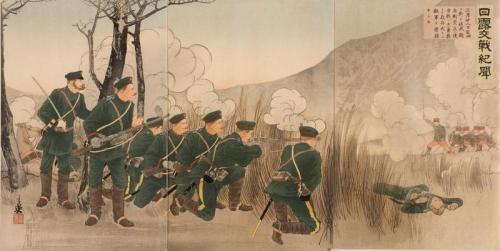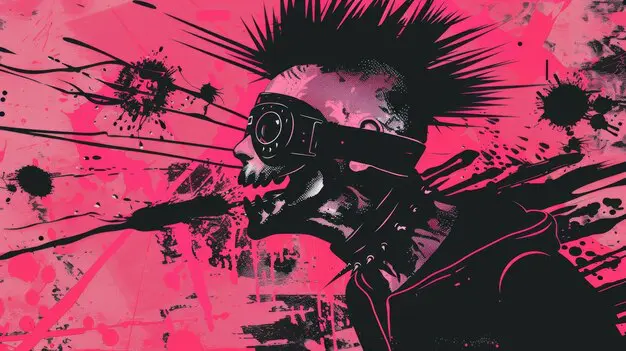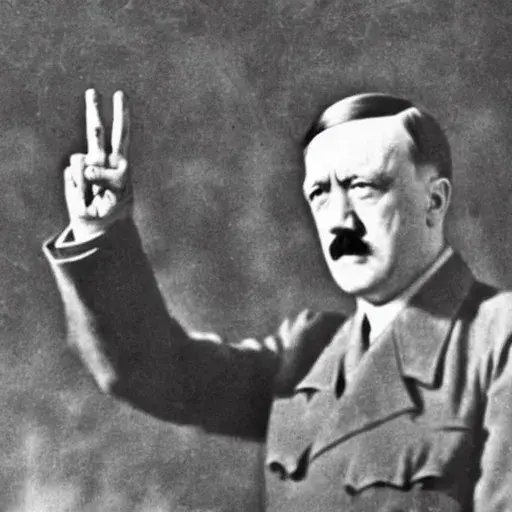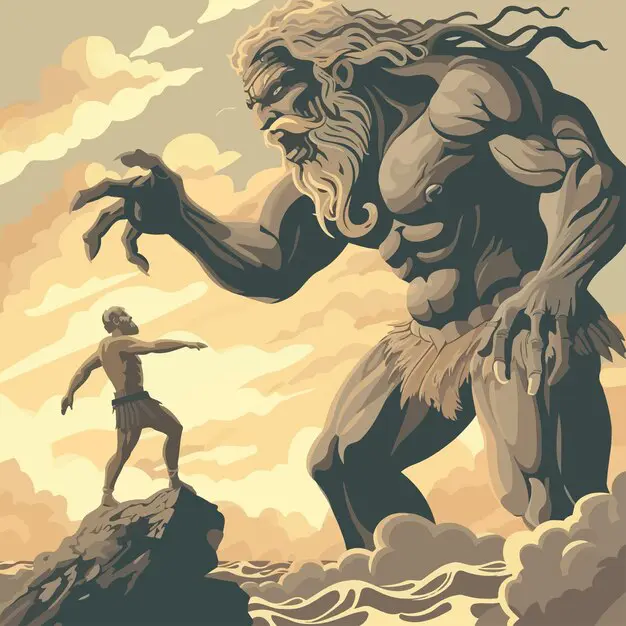The Russo-Japanese War: A Lachrymose Bedtime Story
HOW TO STAGE A REAL HOLACAUST FOR FUN AND PROFIT
(The suppressed history of the Russo-Japanese War,)
Part One – Why Fight Over Manchuria?
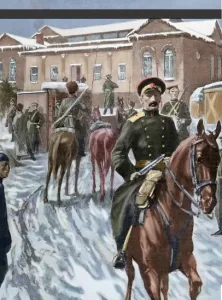
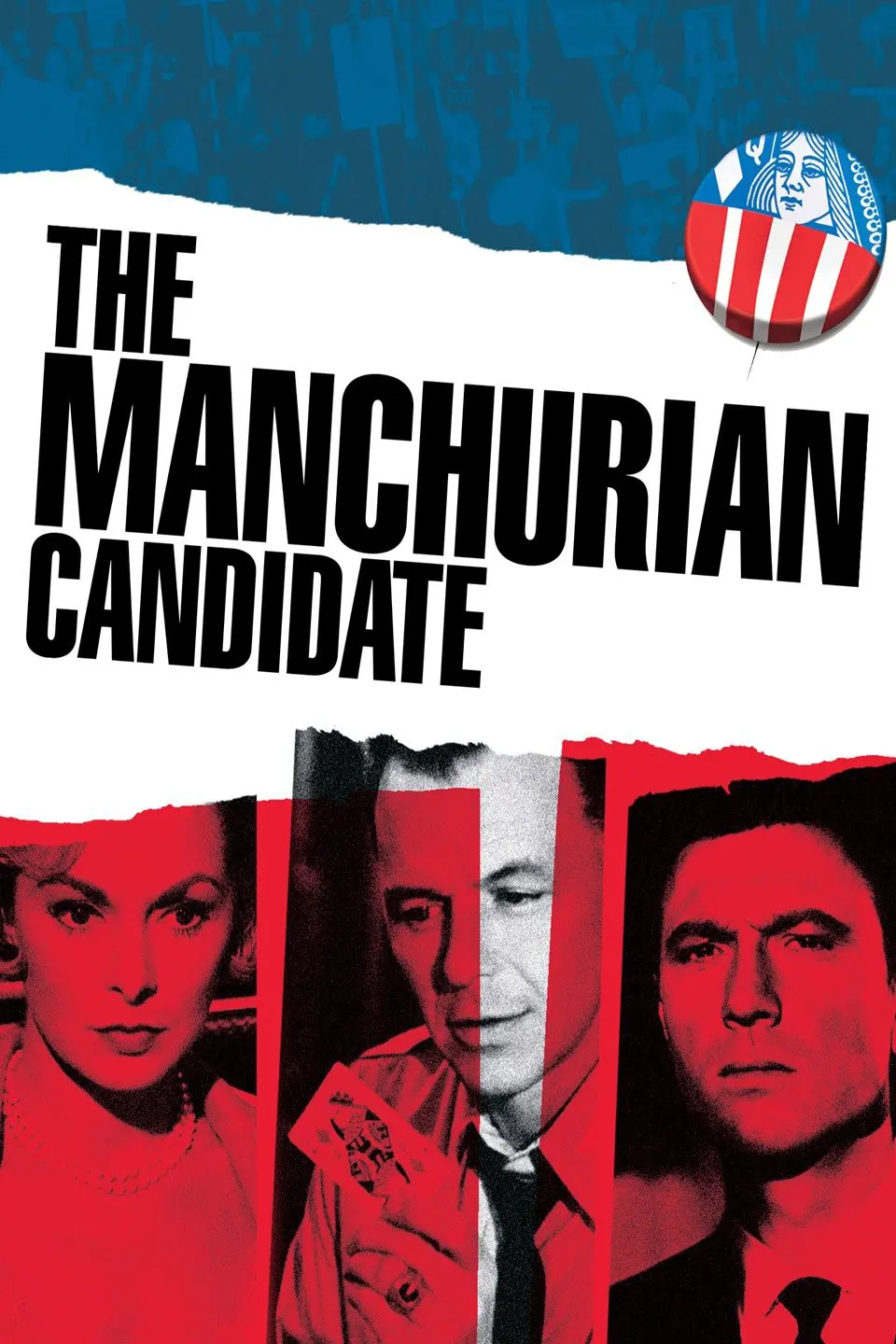
No mention of Manchuria would be complete without a nod to the classic 1962 original film called The Manchurian Candidate
Manchuria ostensibly belonged to China at the time of the Russo-Japanese War, and at this same time China was also being torn apart by various foreign governments acting under the sway of the Rothschilds. The destructive orgy of looting against China that preceded the Russo-Japanese War was being done by the International Banks, which were, of course, headed by the Bank of Rothschild which is still headquartered in the fine City of London.
The people of Manchuria are commonly called the Manchus, and the Manchus are not really Chinese, though of course, the Manchus are still ethnically close to the Chinese. The Manchus are definitely a member of Sinitic genetic and cultural family that includes the the Han Chinese, the Niou, the Mongolians, the Tibetans, the Vietnamese, and the Koreans. The Manchus had been forcibly annexed by the Empire of China long before the Russo-Japanese War began, yet the Manchus had formerly ruled most of China; therefore, there had been a certain festering resentment and desire for independence from China on the part of the Manchus.
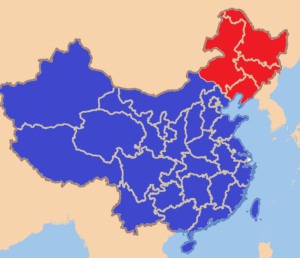
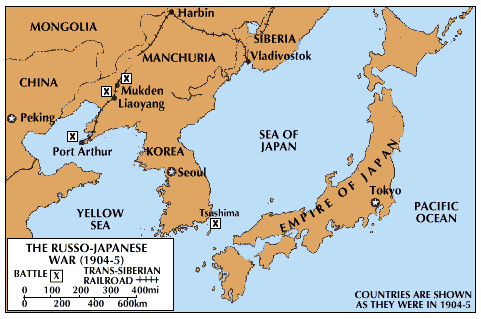
Map of the Russo-Japanese War furnished courtesy of encyclopediabritanica.com
The Manchus had the great misfortune of living in a land that was fabulously wealthy in natural resources, so this situation attracted the attention of the Rothschilds and their ilk like a shark smelling blood in the water. The Rothschilds wanted access to the natural resources of Manchuria in the same manner that they wanted to plunder and loot the lands of the Boers and Zulus in South Africa at around the same time period. Manchuria was only able to gain a brief period of independence under the auspices of Imperial Japan’s “Greater East Co-Prosperity Sphere,” which was ruled by their Emperor Po who was a genuine National Socialist type of leader and his country was yet another forgotten and minor member of The Axis Alliance during World War II.
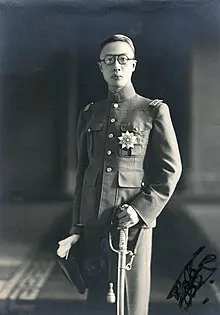
Image of Manchuria’s Emperor Puyi furnished courtesy of wikipedia.org
Part Two – The Devil’s Bargains
The detailed stories behind this rotten caper we call the Russo-Japanese War are much too long to deal with in such a short article as this; however, suffice it to say, the governments of both Russia and Japan had stupidly gotten themselves seriously in debt to the Bank of Rothschild before the Russo-Japanese War commenced. In practical terms, both Japan and Russia were extremely poor in the later part of the 19th Century, but both of these empires were still fiercely determined to be major players on the world stage. To their credit, the Japanese managed to modernize their entire society out of sheer necessity and in the process the became a major power in their own right, and they executed this incredibly period of rapid modernization we today call the Meiji Period in order to avoid being reduced to a colony of the United States.
Before the Russo-Japanese War began, the Bank of Rothschild started to demand immediate payments on the loans that both countries had taken out, so the Rothschilds courteously offered each country a way out. The Rothschilds told both Japan and Russia that they would bankroll the annexation of Manchuria if they would use the proceeds thereby gained from annexing and then plundering Manchuria to pay on the now even larger loans. The Rothschilds rather absentmindedly forgot to mention to both the government of Russia and Japan that they, the Rothschilds, were promising the country who was fighting in this conflict the exact same thing: “Such is Business!”
Part Three – The Aborted 1905 Russian Revolution
The Rothschilds already thought that they had the Japanese “goyem” in their pocket, yet the way that the Japanese eventually managed to escape their debt to the Rothschilds has been addressed in a previous article.
As for the Russian “goyem,” the Rothschilds felt that they represented a different set of variables because the Rothschilds believed that they had to get rid of the Romanovs before they could seize total control of the Russian Empire. The Rothschilds planned to depose the Romanovs by producing what they knew would become a disastrous bloodbath of staggering proportions for the Russians in Manchuria. The Rothschilds planned to use a bloody war in Manchuria to foment massive civil unrest across Russia that would set the stage for an outright revolution against the Romanovs amongst the Russian population. The Rothschilds also calculated that Russia would be suffering from serious food shortages at the same time this vast empire was suffering staggering losses fighting against the Japanese in Manchuria because much of the food that Russia was producing domestically and normally and allocating to feed their domestic population was instead being sold abroad for quick cash to make payments on loans from the Rothschilds.
The Social Revolutionary Party was the Rothschilds chief means of producing their planned revolution under the circumstances of war in Manchuria and hunger at home. There were two factions in the Social Revolution party, the larger faction was the Mensheviks, who were led by Kerensky, and the smaller faction were the Bolsheviks who were led by Vladimir Lenin. The Menshevik faction was 80% Jewish and they represented the principles of Jewish capitalism; by contrast, the Bolsheviks were only 15% Jewish by membership, except this 15% of the Bolshevik membership was all concentrated at the top echelons, and this level of top Bolshevik members represented Jewish Communism in its purest form. Within the ranks of the old Russian Social Revolution Party, we saw herein the two branches of International Jewry at work that were both rivals and brothers at the same time while both operated under the patronage of the Rothschilds.
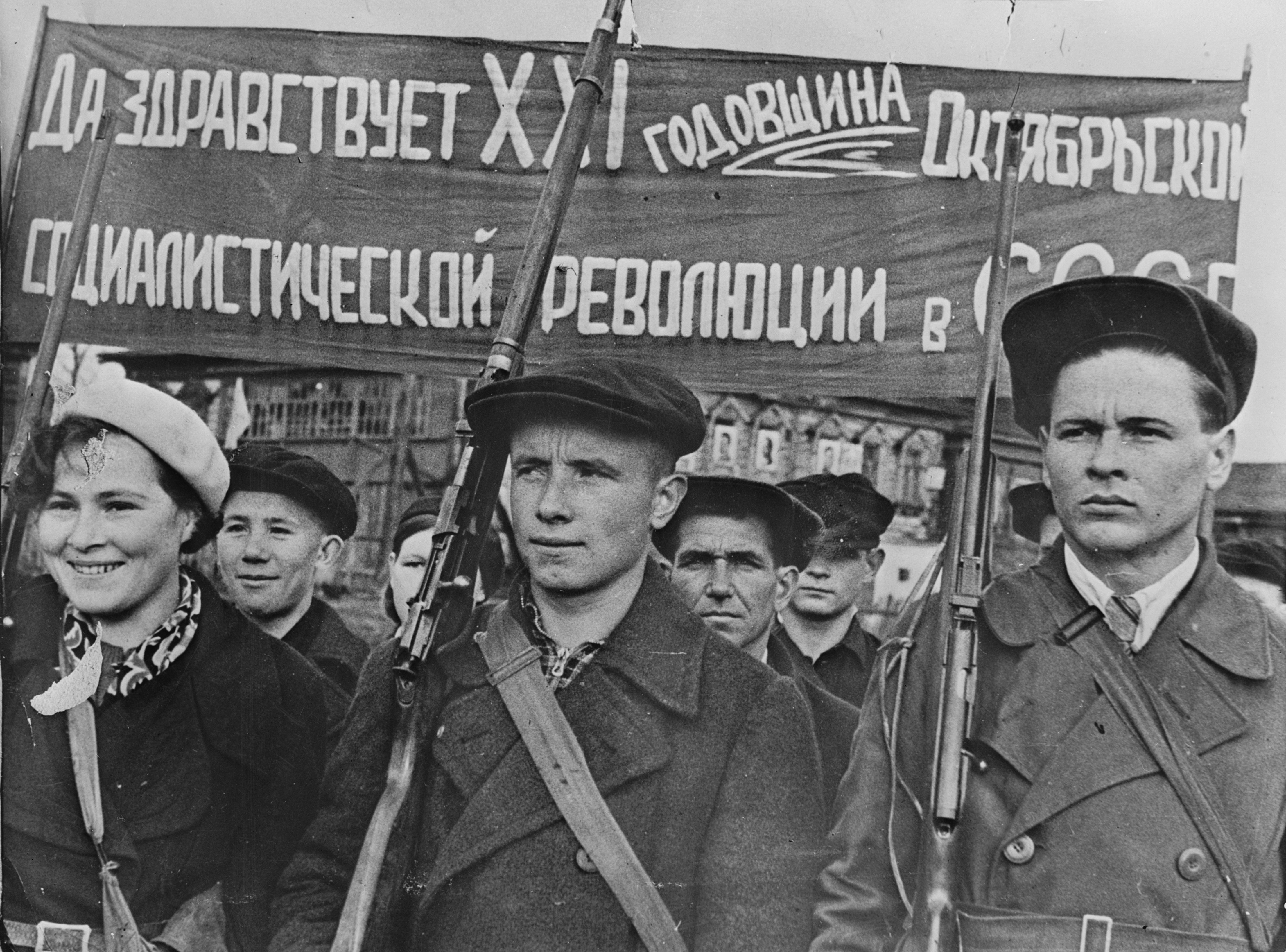
Image featuring members of the Social Revolutionary Party furnished courtesy of the conversation.com

The image above shows the official log of the old Russian Social Revolutionary Party furnished courtesy of wikipedia.org
Part Four – Enter Teddy Roosevelt
Before the start of the Russo-Japanese War, the United States had truly massive trading interests in East Asia, and this war represented a disruption in trade with that part of the world, so this trade disruption handed the American economy a serious beating. At this same time, there was also a great fear in Washington D.C that the US would get sucked into the Russo-Japanese War if this conflict dragged on long enough; therefore, American national self-interest prompted President Roosevelt to mediate a peace treaty between the warring parties.
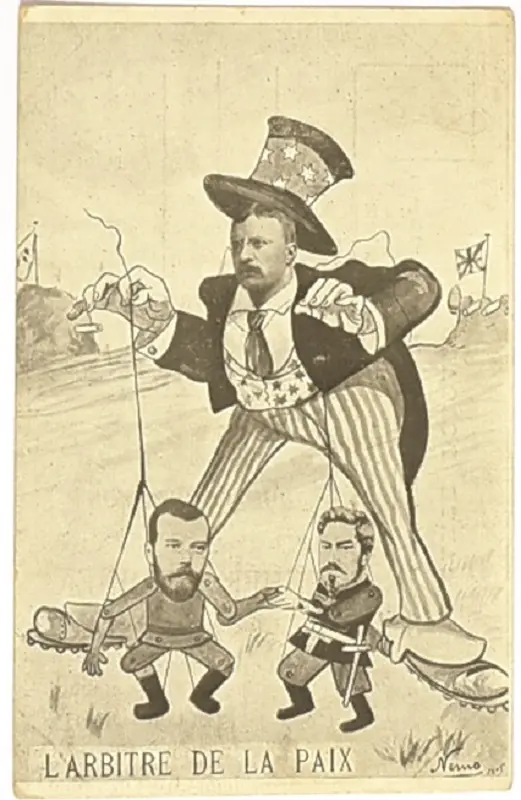
Political cartoon of the Russo-Japanese War furnished courtesy of anderson-auction.com
Part Five – Peace Aborted
The Emperors of both Japan and Russia were of course made aware of the American President’s proposal to negotiate a treaty for this bloody contest that would determine control of Manchuria’s natural resources. As the Russo-Japanese war progressed, both the Japanese Emperor and Russia’s Czar were growing increasingly appalled at the scale of the constantly skyrocketing casualties. During the course of this ill-fated war, Japan was normally governed by a council of ministers and the emperor was considered a sacred ruler who hovered above mundane political matters.
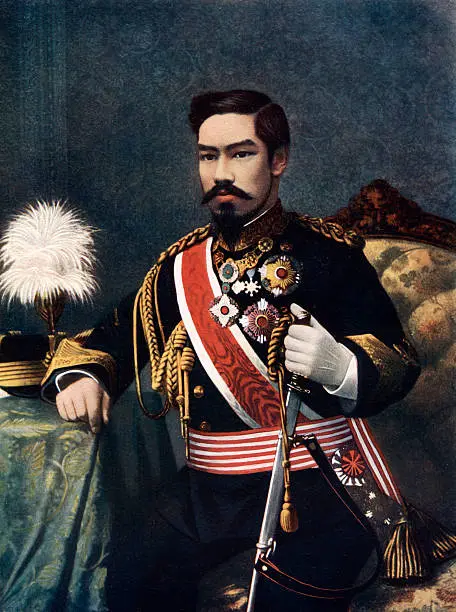
Image of Japan’s emperor Meiji who was the emperor of Japan during the time of the Russo-Japanese War. Image courtesy of prebook.com
Finally, during one notable wartime meeting of Japan’s ruling council, the Emperor took the unprecedented step of attending a meeting and giving specific instructions to his ministers, which was an authority that this emperor had never previously exercised. During that fateful meeting, Japan’s emperor told the council that he had become disgusted with the bloodshed and he was determined to put a stop to this war if at all possible. The Japanese emperor also told his nation’s ruling council to send a personal message to Czar Nicholas of Russia that requested to arrange an in-person and one-on-one meeting to negotiate an end to the present war.
As requested, a wire calling for a personal meeting between Japan’s emperor and Russia’s Czar was sent; however, unbeknownst to Japan’s emperor and his ruling counsel, the Czar and his ministers never received this wire. Sadly, some (((…unknown person(s)…))) had intercepted this telegram and prevented its delivery to the Russians. Having received no reply to his peace offer, the Japanese Emperor and his Counsel then decided that the Russians were being intransigent, so the decision to go for total military victory was made. For their part, the Czar and his ministers had come to the same conclusions as the Japanese, except for some (((odd reason)), the Russians never knew that the Japanese were willing to negotiate a peace treaty that would end the present war. With both sides of the war not knowing that the other was willing to negotiate a peace settlement, the slaughter continued courtesy of the House of Rothschild.
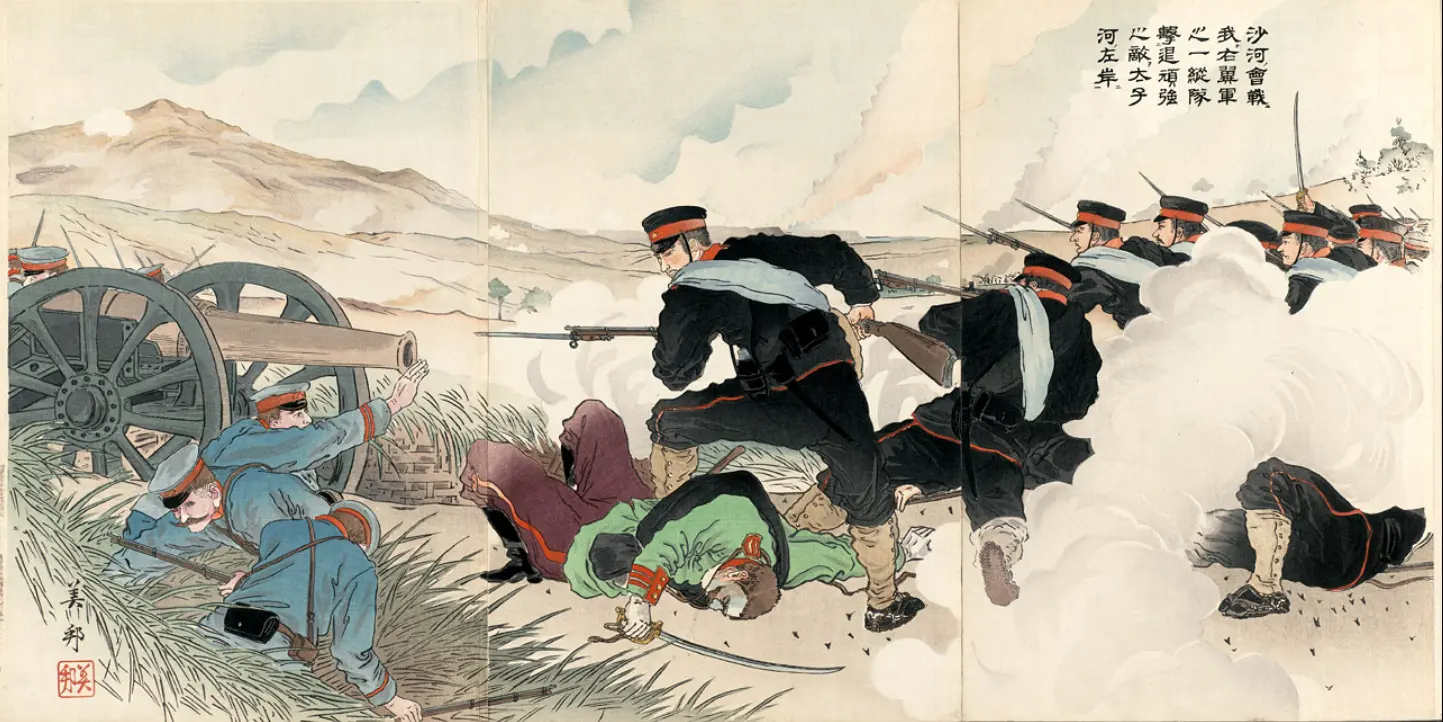
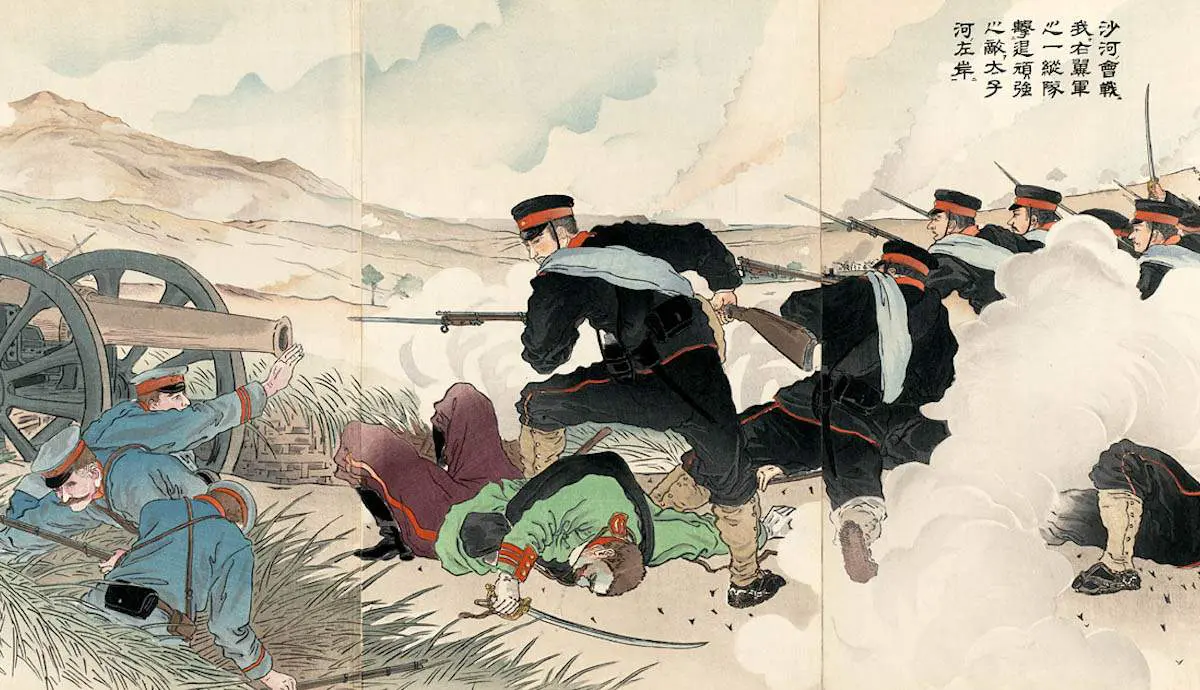 “In the Battle of the Sha River, a Company of Our Forces Drives a Strong Enemy Force to the Left Bank of the Taizi River,” Yoshikuni, November 1904 Image featured above courtesy of the collector.com
“In the Battle of the Sha River, a Company of Our Forces Drives a Strong Enemy Force to the Left Bank of the Taizi River,” Yoshikuni, November 1904 Image featured above courtesy of the collector.com
Image of the Russian battle lines painted by Migita Toshihide in 1905. Image courtesy of aggv.ca
Part Six – The Tide Turns at the Battle of Mukden
I am sure that the Rothschild bankers had thoughts that were something like this before the Battle of Mukden took place, “Oh well, as they say, all good things must come to an end,” none the less, the Rothschild’s swore vengeance on the Czar and his family for what transpired around the Battle of Mukden anyway.
The Battle of Mukden ended as a thoroughly decisive win for Japan; however, this victory over Russian forces came at a terribly high cost for Japan, and even to this day, the Battle of Mukden is considered to be the bloodiest battle in human history that was fought on a single field. The approximate number of men KILLED in the Battle of Mukden totaled 250,000 Japanese casualties and tabulated around 1,000,000 Russians dead. Unlike what greater Germany’s Third Reich is commonly accused of, the Battle of Mukden represented a genuine Holocaust that was caused by the House of Rothschild.
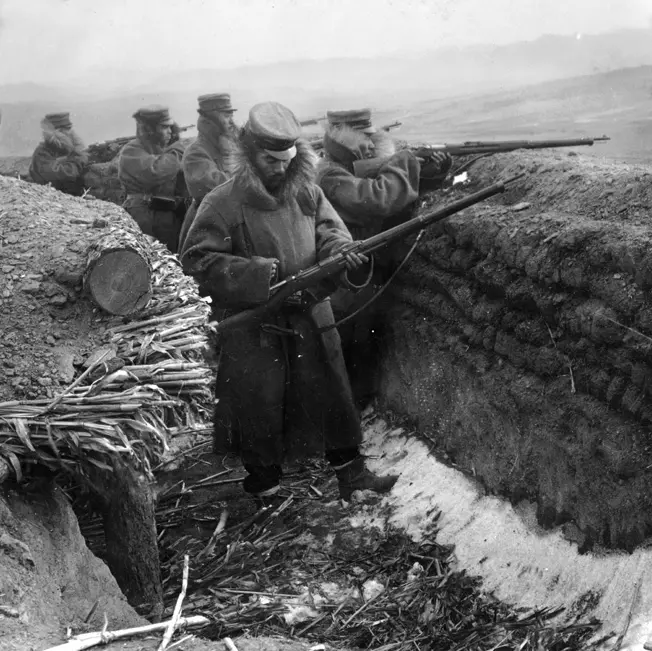
The image above shows Japanese sharpshooters manning a defensive trench during the Battle of Mukden. Image courtesy of warfarehistorynetwork.com
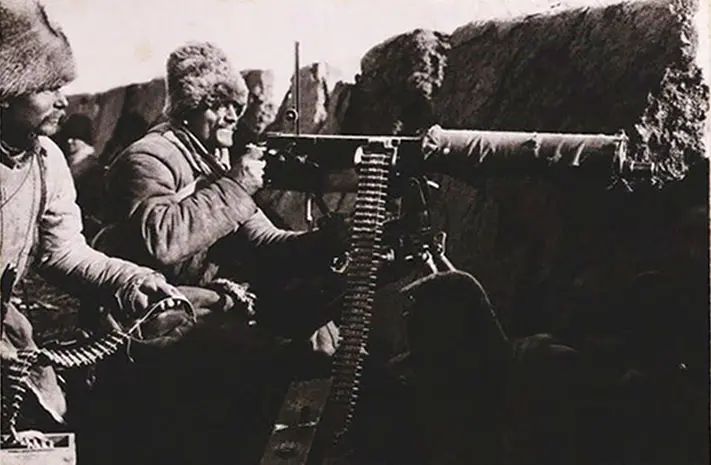
Image of Russian solider manning a defensive trench furnished courtesy of allworldwars.com
When Czar Nicholas II received reports of the Russian losses at Mukden, he was sitting at his desk, and as he read the seemingly endless casualty reports, his eyes grew wide, his face grew pale, his mouth started to hang open, and his hands began to shake. When Tsar Nikolas finally finished reading his list of war reports from the Far East, he slowly laid the papers down, buried his face in his hands, and then finally started crying. While saying over and over again. “My Children, My Children.”
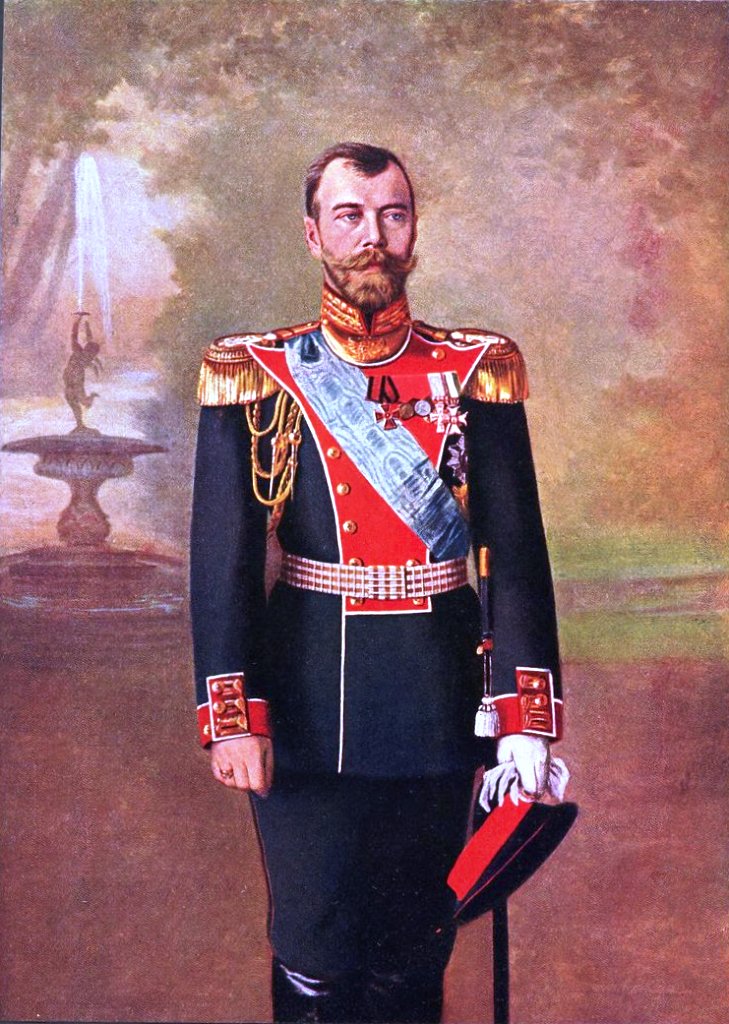
Image of Tsar Nickolas II furnished courtesy of tsarnicholas.org
After finally regaining his composure, Tsar Nikolas II looked up and made a fateful decision. He let it be known that he did not care what the Rothschilds thought: he was going to put a stop to the Russo-Japanese War one way or another. After reading the terrible war dispatches, Tsar Nickolas gave orders for his Foreign Minister to contact President Roosevelt and ask him to arrange negotiations with the Japanese. The rest is history as they say.
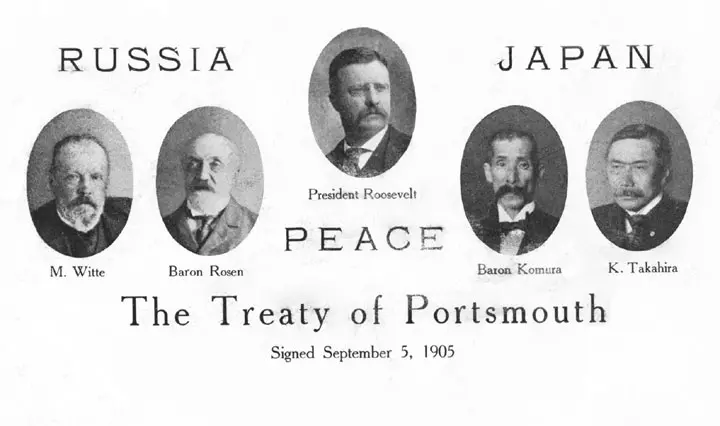
The image above shows a poster from 1905 that commemorated the Treaty of Portsmouth that ended the Russo-Japanese War. Image above furnished courtesy of portsmouthpeacetreaty.org
Heil Hitler Deva!
Randall Lee Hilburn
